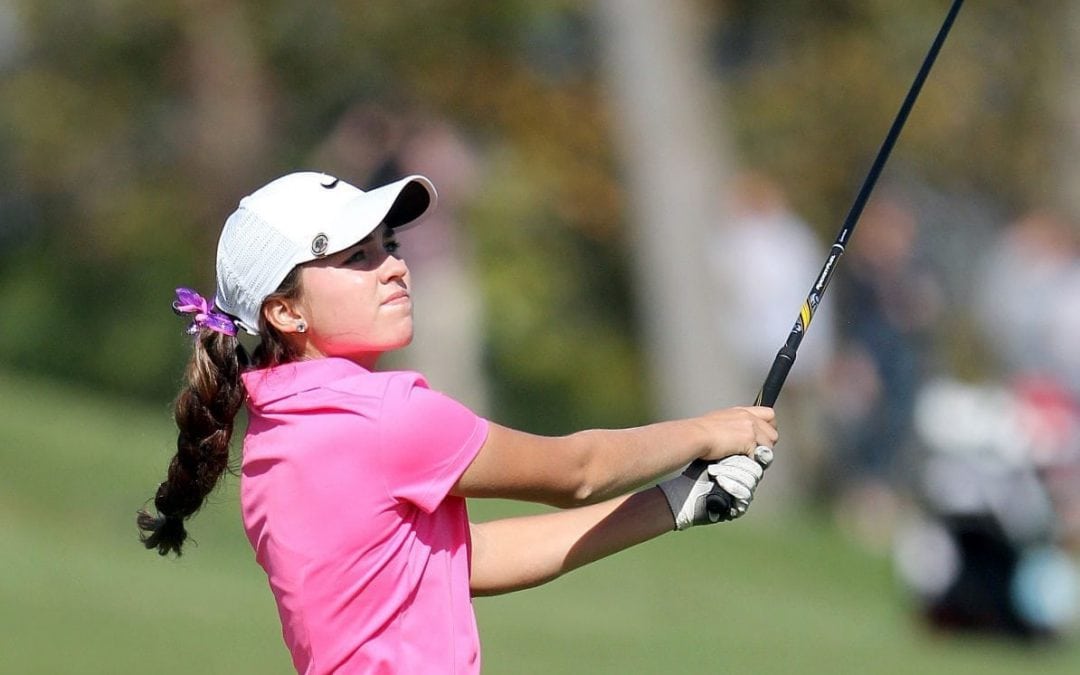Neuroscientists Discover How We Learn Golf
“Teaching without an awareness of how the brain learns is like designing a glove with no sense of what a hand looks like-it’s shape or how it moves.” Leslie Hart, Human Brain and Human Learning
Brain Based Learning
As you come to better understand how the brain works, you become a better golf teacher and a better golf coach.
Here are a couple of popular findings from brain research that will support things you likely have experienced in your own lessons. We’ve included some easy-to-use tips for using the findings to enliven and enhance your lessons, workshops or team meetings.
1. Brains are specialized, and not all made the same.
As we have mentioned in other articles, most students have a preferred and a secondary modality for learning, commonly called learning styles.
You are selling yourself short if you are trying to package and present your great knowledge to all your students in exactly the same way.
These preferences involve receiving information through auditory, visual or kinesthetic senses. To fully tap into your individual student’s own personal learning skills it is important to know which style to use.
If you are working with a group or a team, you will be most effective if you use a combination of all three learning styles with an emphasis on visual. It has been reported that in a group setting an average two thirds of your students will learn effectively if you have a nice mix of all three learning styles.
- The auditory individuals learn as a result of hearing, verbalizing, and listening.
- The visual individuals input information by reading, seeing, picturing, and watching.
- Tactile and kinesthetic learners are hands-on learners.
Tip:
Learn more about learning styles. Get to know your players learning style(s) quickly and easily with our complimentary Learning Styles Quiz.
It is as easy as:
1. pasting this link in an email to your student(s)
2. ask them to take less than 3 minutes to answer the questions and
3. paste their results in a return email to you
You will then have a better understanding of their learning styles and have easy-to-use recommendations for making their lessons more fun and more effective for them.
For additional insights to learning styles see this great article by Deb Vangellow.
2. Your Students Will Learn Golf Best If In A State of Relaxed Awareness
Just as your students play their best golf in a state of relaxed awareness, they will get more from your lessons if you help them achieve this state.
Why? Stress motivates a survival imperative in the brain. Too much anxiety can shut down the player’s ability to fully learn what you are trying to teach.
So, before you begin, take steps to check any stress or anxiety that your student may be feeling.
Tip:
Have your golfer scan their body for tension and then consciously tense, then relax that area. OR
Have your golfer take a moment to stand quietly and focus on taking several slow, deep rhythmical breaths. If the chest moves rather than the abdomen, take a moment to teach them the basics of abdominal breathing.
For those of you who are having your student wear the Mind Meter (the GolfPsych portable biofeedback device) this is as easy as checking his or her “numbers” and giving feedback and cues as needed throughout the lesson.
Tip:
If you find your golfer struggles to maintain a state of relaxed awareness during a lesson (especially a playing lesson) make it a point to find out WHICH trait(s) is causing the problem and help him strengthen it. To find out for sure, have your golfer complete the 8 Traits Personality Assessment and Report.
You can provide your golfer a simple login from our Instructor Admin page in person or by email so they can take it online when they get time. The results can save you a lot of time and really help them.


